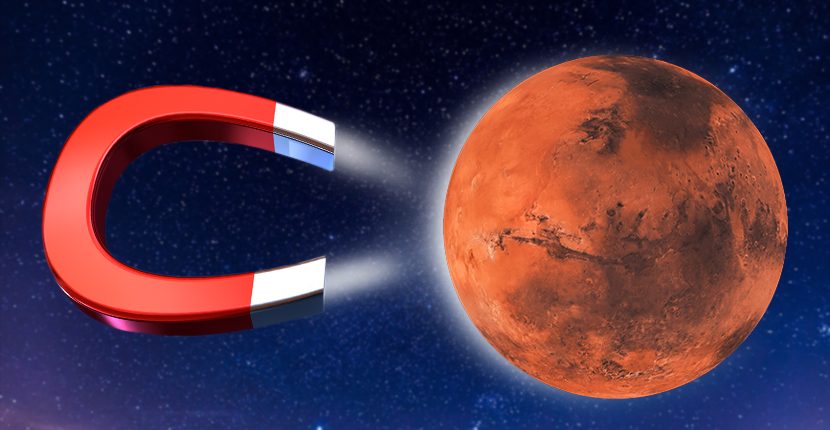The quest for water on, or inside, Mars just got more mysterious. The Insight lander touched down on the surface of Mars in November 2018. Since then, the spacecraft has been gathering data to help scientists on Earth get a better understanding of our neighboring planet. According to National Geographic, it has completed tasks like taking the temperature of the planet’s upper crust, measuring the strength and direction of its magnetic poles, and even recording the sounds of quakes.
One of the things that Insight has discovered is that the magnetic fields of the red planet are decidedly, well, weird. Recently, there was a series of meetings between the American Astronomical Society and the European Planetary Science Congress to talk about Insight’s findings with regard to the behavior of the Martian magnetic field.
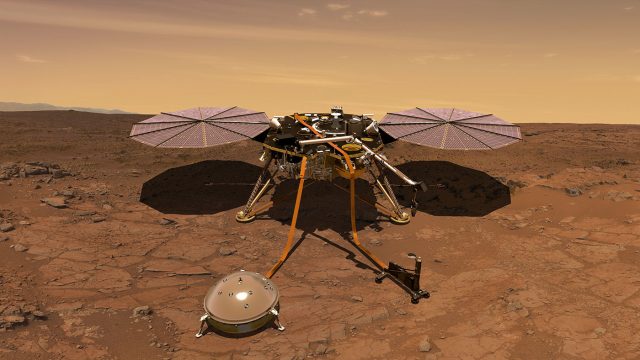
The early results have shown some very odd and unexpected things. One of those things is that the planet’s crust is much more powerfully magnetic than scientists had previously supposed and that there is what appears to be a layer about two and a half miles thick, well below the planet’s surface, which is highly conductive of electricity. Although it’s too early to know for sure, it’s been speculated that the layer in Mars may be composed of liquid water, which would certainly explain its conductivity, and it may even cover the globe.
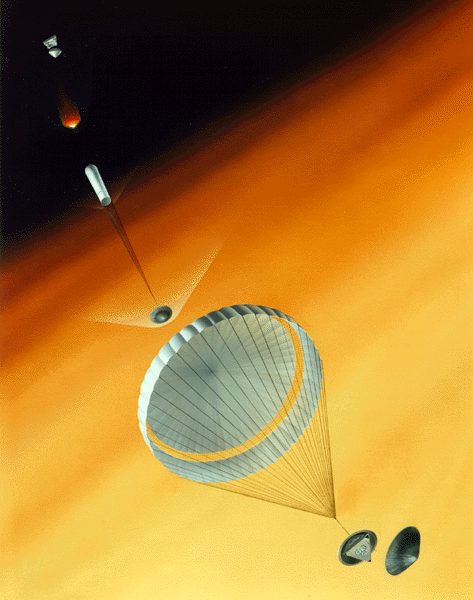
Assuming there is a hidden reservoir of water below the surface, it shouldn’t be much of a shock, according to Jani Radebaugh, a planetary scientist at Brigham Young University. After all, the Earth has an enormous amount of groundwater beneath its surface, too. If liquid water proves to be present, however, that could have significant implications for the possibility of life, present or past, on Mars.
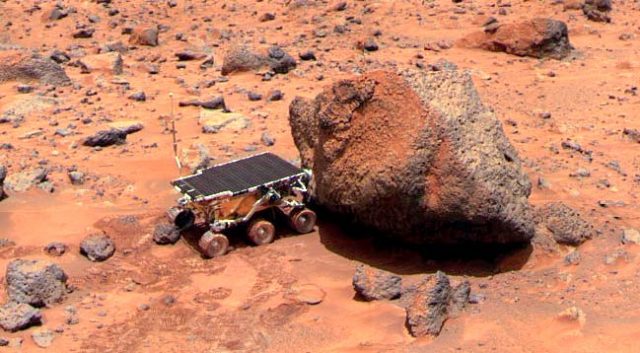
Another discovery besides possible water is that the planet emits unexplained magnetic pulses at Mars’ local midnight. Those pulses occur in a way that’s never before been observed, and their possible causes are unknown. The fact that they are consistently occurring at the same time of the Martian day has researchers trying to figure out if the pulses originate at or near the planet’s surface, or whether they come from deep underground, according to Big Think.
The pulsations have caught scientists’ attention not just for what they are, but also for when they are. Our own planet, as well as Mars, has magnetic pulses and when there is this sort of magnetic pulse or wobble, it usually relates to the action of the solar wind, turmoil in the upper atmosphere, or oddities in the planet’s magnetic bubbles.
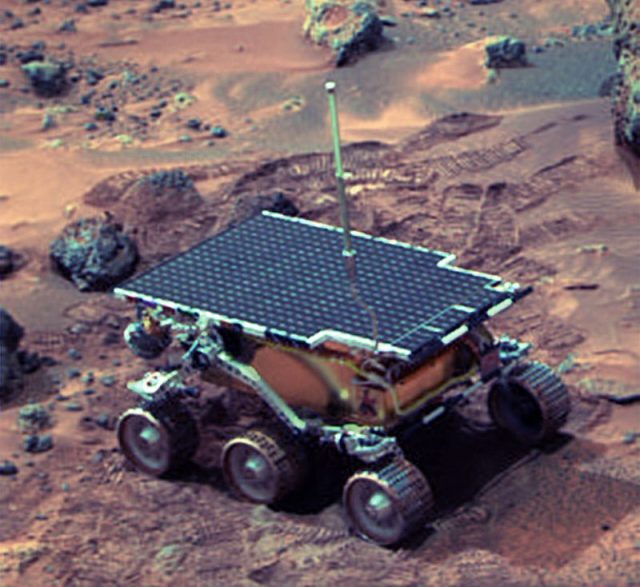
When Insight landed, it put a magnetometer on the surface, so it could measure the planet’s magnetic field. Everyone was astounded to see that the magnetic field around the robot was about twenty times stronger than scientists had estimated it was likely to be, based on measurements taken from orbit.
The powerful magnetic signal is coming from the rocks near the lander, but no determination has yet been made about how far down it originates. The depth the signal is coming from matters, because if it’s coming from the surface, or very near it, the rocks are younger. That would suggest that Mars has had a strong magnetic field for longer than scientists thought.
Furthermore, Insight is sitting near Mars’ equator. On Earth, you wouldn’t expect to see those sorts of pulsations near the planet’s midline, and especially not in the middle of the night. Here, when they occur, it’s usually at higher latitudes and is related to the Northern or Southern lights.
Mars doesn’t have a strong, global magnetic field anymore. Instead, there’s a weak magnetic “bubble” that is formed by the solar wind interacting with the planet’s atmosphere. The solar wind’s magnetic field compresses the bubble, giving it a tail-like shape. At midnight, that shape is aligned with the area where Insight sits, and that tail may be hitting the area’s local magnetic field and causing it to pulse.
Related Article: Three Men Sued NASA for Trespassing on Mars
The lander’s findings haven’t been thoroughly analyzed and peer-reviewed yet, and there is more data to gather, which means that how the initial data is interpreted will very likely get modified a bit as that process goes on and the information is examined in greater depth and detail. Even so, Insight is proving to be remarkably useful as a means of helping us gather data about worlds other than our own.
